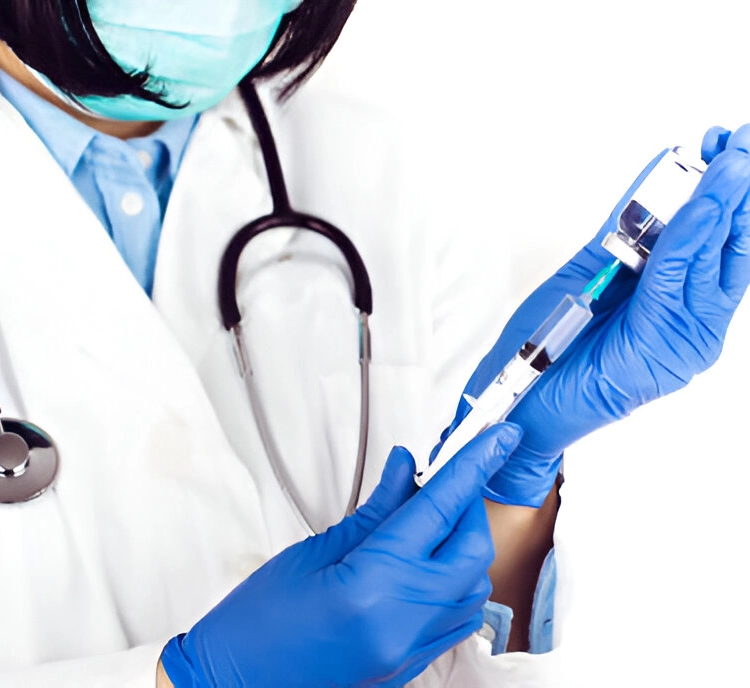Table Of Content
Joint pain is a common ailment affecting millions of people worldwide, from athletes to the elderly. With advancements in regenerative medicine, Platelet-Rich Plasma (PRP) therapy has emerged as a promising treatment for various joint issues. If you’ve been exploring non-surgical options for treating joint pain or injuries, PRP joint injections could be the solution. This blog will explore the science behind PRP, how the procedure works, its benefits, and considerations for potential candidates.
What Are PRP Joint Injections?
Platelet-Rich Plasma (PRP) is a concentrated form of your own blood, rich in growth factors and platelets. Platelets are essential for clotting and healing, but when concentrated and injected into an injured area, they can accelerate the body’s healing process. PRP injections are increasingly being used to treat joint pain caused by conditions like osteoarthritis, tendon injuries, ligament tears, and chronic inflammation.
How Does PRP Therapy Work?

- Blood Draw: A small sample of your blood is drawn, similar to a regular blood test.
- Centrifugation: The blood is placed in a centrifuge, which separates the platelets from other blood components.
- Preparation: The concentrated platelets (the PRP) are extracted and prepared for injection.
- Injection: Using imaging guidance, the PRP is injected into the joint, targeting the affected area to enhance healing.
The idea behind PRP is to harness the body’s natural healing processes, providing a localized concentration of platelets and growth factors that stimulate tissue repair, reduce inflammation, and promote overall joint health.
Benefits of PRP Joint Injections

- Accelerated Healing: PRP is rich in growth factors that stimulate the body’s natural healing processes. This is particularly beneficial for soft tissue injuries like ligament and tendon damage, which typically take longer to heal.
- Reduced Inflammation: PRP has been shown to reduce inflammation in joints affected by chronic conditions such as osteoarthritis. Patients often experience reduced pain and increased mobility as a result.
- Minimally Invasive: PRP injections are minimally invasive, requiring only a blood draw and a simple injection, making them a great alternative for people who want to avoid surgery.
- Long-Lasting Relief: Although results vary depending on the individual and the condition being treated, many patients experience long-lasting pain relief and improved function after PRP injections.
- Low Risk of Complications: Since PRP is derived from the patient’s own blood, the risk of allergic reactions or complications is minimal, unlike treatments involving foreign substances.
What Conditions Can PRP Injections Treat?

- Osteoarthritis (knee, hip, and shoulder)
- Tendon Injuries (Achilles tendinitis, tennis elbow)
- Ligament Sprains and Tears
- Rotator Cuff Injuries
- Cartilage Degeneration
What to Expect During the Procedure
Is PRP Right for You?
PRP joint injections are a great option for individuals seeking non-surgical treatments for joint pain or soft tissue injuries. However, PRP therapy may not be suitable for everyone. Those with active infections, certain blood disorders, or cancer may not be ideal candidates. Always consult a healthcare professional to determine if PRP therapy is appropriate for your specific condition.
How Effective Are PRP Joint Injections?

The effectiveness of PRP injections can vary based on factors like the severity of the condition, the joint being treated, and the patient’s overall health. Many clinical studies have reported that PRP is particularly effective for treating knee osteoarthritis and tendon injuries. While PRP may not completely reverse joint degeneration, it can provide significant pain relief and improved mobility for many patients.
Conclusion
PRP joint injections are revolutionizing how we approach joint pain and soft tissue injuries. By using the body’s natural healing abilities, PRP offers a minimally invasive and effective solution for individuals seeking alternatives to surgery. If you’re dealing with joint pain or injury and want to explore regenerative medicine, consult your healthcare provider to see if PRP therapy is right for you.
References
- “Platelet-Rich Plasma Therapy for Osteoarthritis of the Knee.” Journal of Orthopaedics.
- “PRP Injections: The Future of Joint Pain Management?” The American Journal of Sports Medicine.
- “Efficacy of Platelet-Rich Plasma Injections in Joint Pain Management.” National Institutes of Health (NIH).

